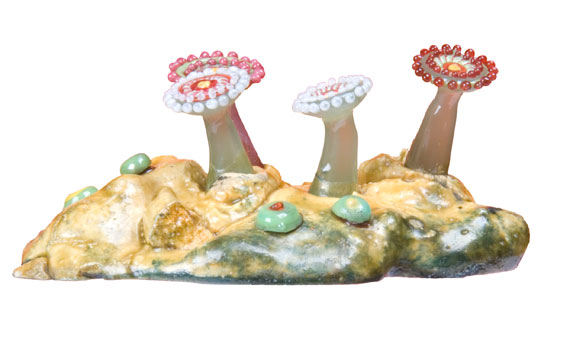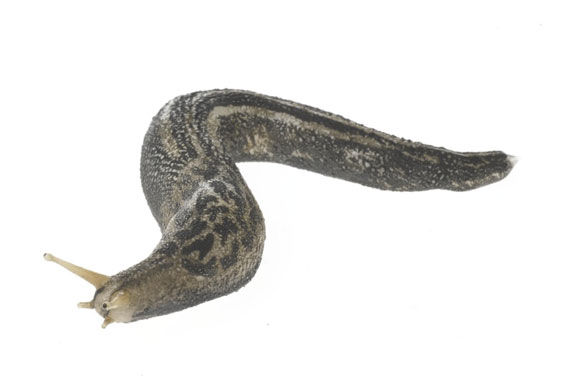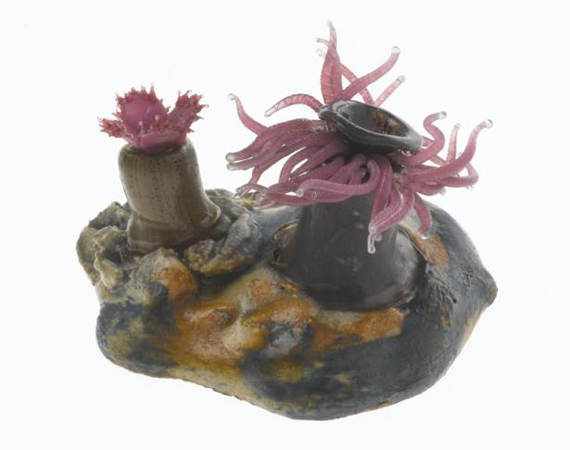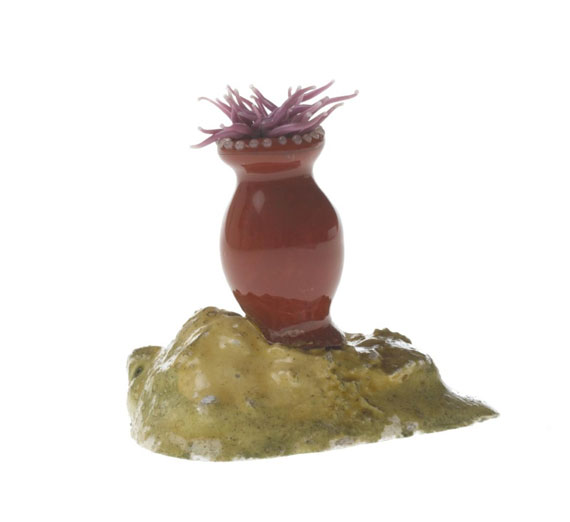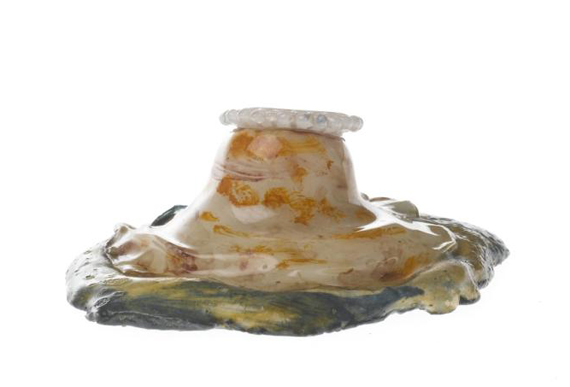This blog post features the beautiful Blaschka models; delicate glass representations of sea creatures and other invertebrates created by master craftsmen Leopold and Rudolph Blaschka. Here curator Geoff Swinney talks about the appeal of the models.
I have long been fascinated and intrigued by these glass models. For me, these models are from a different world. They were made in a time when photography was in its infancy, and the aquarium was an expensive new invention. In such a world how could people be shown the smaller animals which live in the seas? Sure, there were engravings in scientific books, but Leopold Blaschka devised a way of bringing these pictures ‘to life’ in 3D.
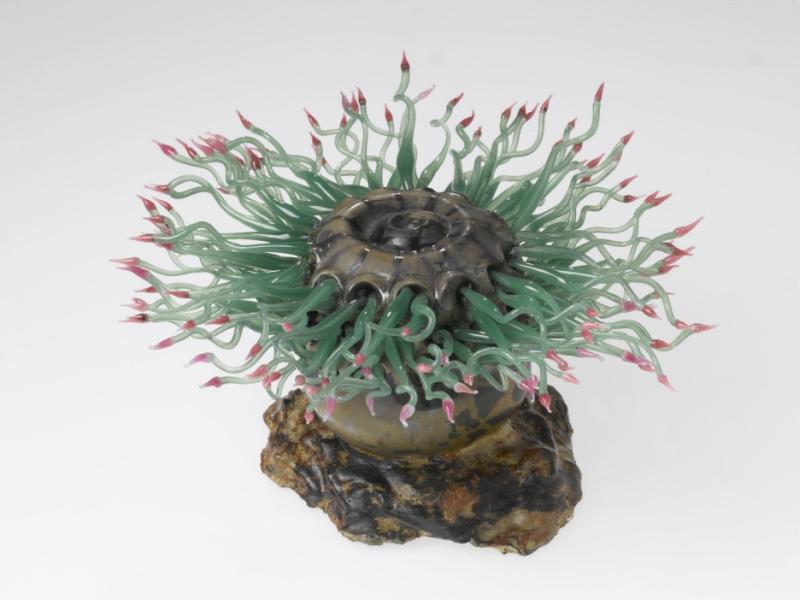
I find it fascinating to think that opportunities to see the living animals close up and in detail were so rare that even Blaschka himself had to work from scientific illustrations. These he translated from mere two dimensional pictures into lifelike models.
Glass was an ideal medium for capturing the delicacy and beauty of these invertebrate animals. His training as a jeweller enabled him to craft the glass into exquisite representations of how the animals would look when alive.
- Are the models works of art?
- Are they examples of superb craftsmanship?
- Or are they merely exquisitely-made teaching aids?
For me such questions are pointless. The models, quite simply, are things of beauty, made with great skill and ingenuity. They lie at an intersection of art, natural science and technology. I am delighted, therefore, that when the refurbished Victorian portion of the National Museum of Scotland opens next summer, the models will feature in the Window on the World section of the Grand Gallery. There they are not associated with any particular section of the collections: they are neither art nor science. In this setting, the models may be enjoyed in a variety of ways and can tell a variety of different intersecting stories drawn from both art and science.
The Blaschka models epitomise National Museums Scotland’s declared aim to be a place ‘Where the arts and sciences intermingle: a space where the full spectrum of human creativity and invention, across cultural boundaries and through time, can be seen alongside the wonder and diversity of the natural world.’

